Search
Wildlife management | Animals and plants
Native animals are protected in New South Wales. We undertake and oversee the management of wildlife populations to ensure they are sustainably harvested and appropriately cared for when traded or relocated.

Kangaroo management in New South Wales | Wildlife management
The main goal of kangaroo management in New South Wales is conservation. Native animals are protected under the NSW Biodiversity Conservation Act 2016. It is an offence to harm, or to buy or sell kangaroos for commercial purposes, without a licence.
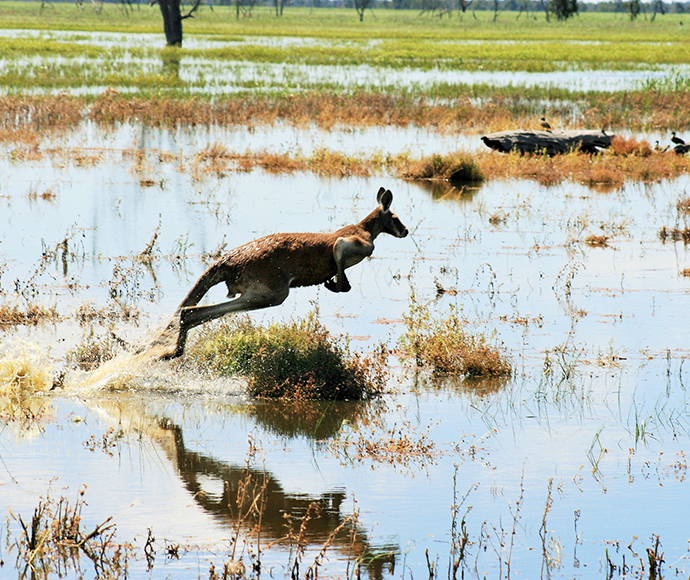
Untagged Carcass Report | Wildlife management
This Untagged Carcass Report is to be completed and submitted by a licensee in accordance with Condition 8 of the Animal Dealer (Kangaroo) Licence (Animal Dealer Licence).
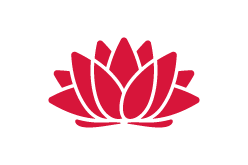
Commercial licence conditions, fees and forms | Wildlife management
Kangaroos are protected in New South Wales by the Biodiversity Conservation Act 2016. Under the Biodiversity Conservation Act, it is an offence to harm, buy or sell kangaroos for commercial purposes without a licence.
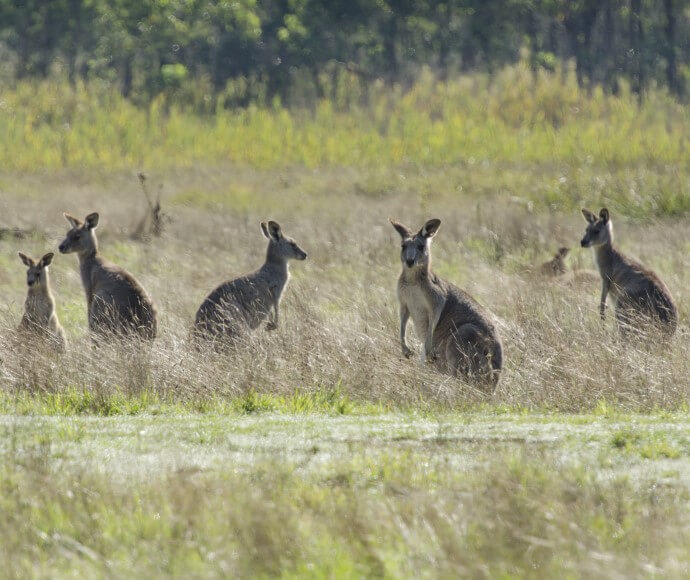
Animal dealer licences | Kangaroo management
You must have an Animal Dealer Licence if you wish to buy or process kangaroo carcasses or skins obtained in New South Wales.

Flying-fox management | Wildlife management
We oversee the conservation and effective and humane management of flying-foxes in New South Wales.
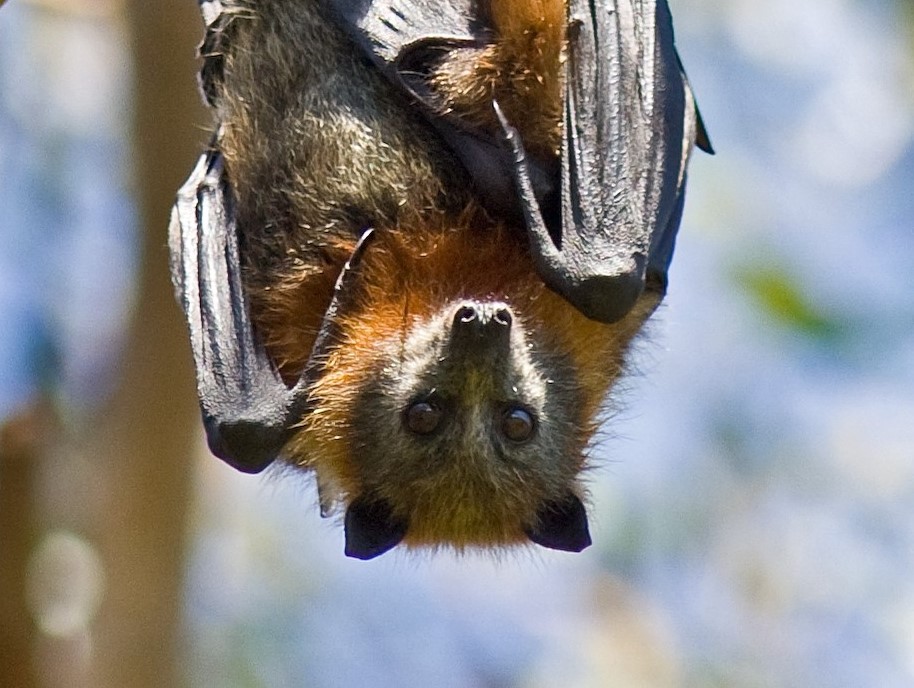
Flying-fox camp management | Wildlife management
During the day, flying-foxes congregate to roost in trees. These locations are known as camps and can cause issues for the community when they are close to urban and regional settlements. These issues need proactive management.
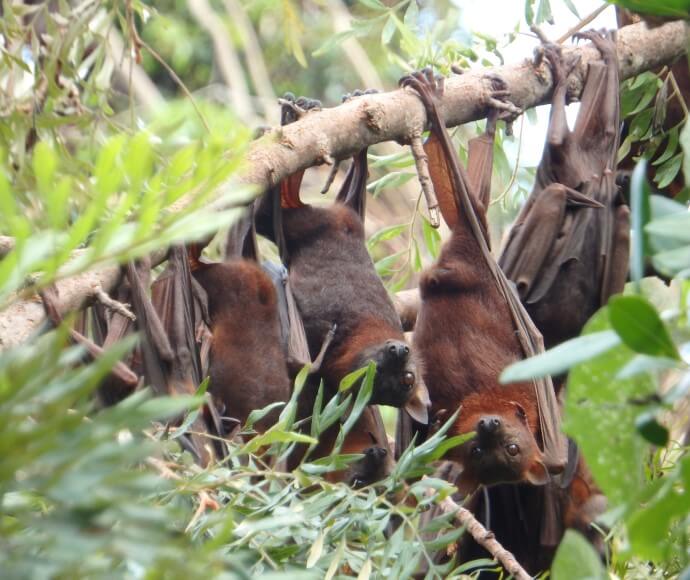
Threatened birds of the Lower Hunter | Threatened Species
A diverse range of bird species can be found in the Lower Hunter region, including the regent honeyeater and swift parrot. By pollinating plants, dispersing seeds and eating insects, birds are important to a healthy ecosystem.

Threatened mammals of the Lower Hunter | Threatened Species
Iconic species such as the koala and brush-tailed rock-wallaby are some of the threatened mammals in the Hunter Valley. Bats, possums and gliders are equally important species that pollinate our trees and help spread native seeds.
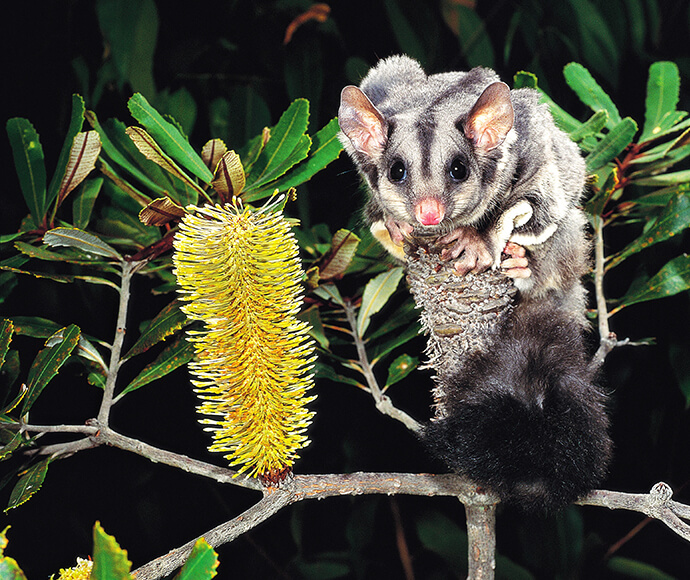
Threatened frogs of the Lower Hunter | Threatened Species
The insect-eating frogs of the Hunter Valley play a key role in controlling mosquitoes, flies, and spiders. Frogs are one of the most threatened animal groups in the world and are most easily identified by the sounds they make.
